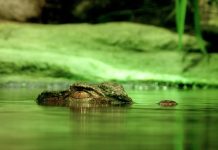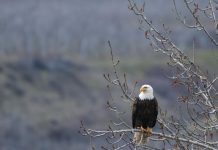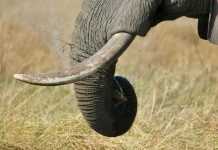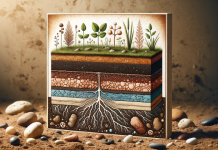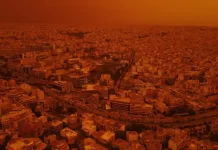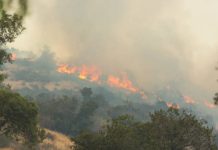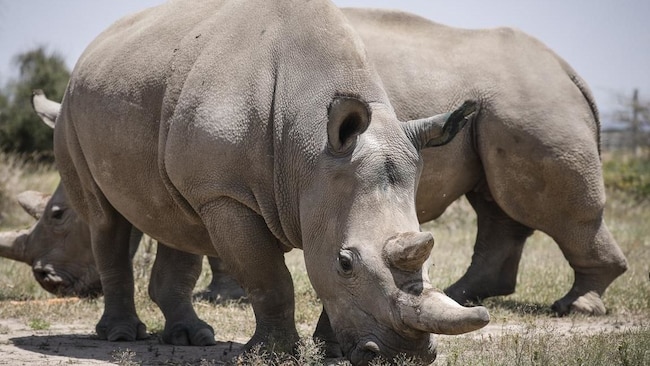In what may be described as one of the most daring moves to save the Kenya northern white rhino species from extinction, veterinarians and wildlife experts successfully extracted eggs from the last two surviving female.
The eggs will be fertilised with stored sperm and incubated in a surrogate southern white rhino female.
The procedure was carried out Thursday on the last known living northern white rhinos — Najin and Fatu — who are infertile. Ten eggs, five from each, was harvested.
The feat was a joint effort of the Leibniz Institute for Zoo and Wildlife Research, Avantea, Dvur Králové Zoo, Ol Pejeta Conservancy and the Kenya Wildlife Service (KWS).
“We are very happy that after this first procedure on Najin and Fatu that they have recovered very smoothly and they are doing really well and fine today just 24 hours after this first procedure,” said Dr. Robert Hermes, of the Leibniz Institute for Zoo and Wildlife Research.
The world’s last male northern white rhino, Sudan, which was in the center of frantic conservation efforts died in March 2018. Sudan’s death shifted conservation focus to his stored semen and that of four other dead rhinos along with Najin and Fatu who are now constantly under the protection of armed guards.
The ultimate goal is to create a herd of five to 15 animals that would be returned to their natural habitat in Africa. That could take decades.
Sudan got its name from its country of birth as the last of its kind to be born in the wild. It was taken to the Czech zoo and then transferred to Kenya in 2009, along with the only other remaining northern white rhinos, the two females and a male who died in 2014.
They were placed under 24-hour armed guard and fed a special diet. However, despite the fact that they were seen mating, there were no successful pregnancies.
After the elephant, rhinoceros is the second largest land mammal. The white rhinoceros consists of two sub-species – the southern white rhino and the critically endangered northern white rhino.
Loss of habitat and poaching (for horns) are the leading sources of danger to species.

